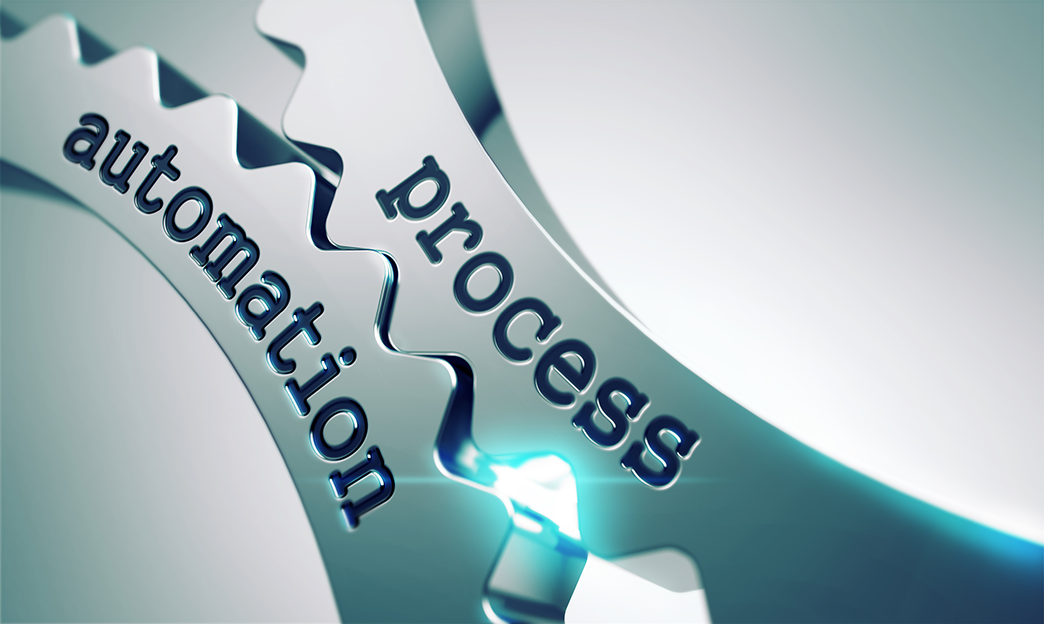For those that have been living and breathing Salesforce for many years now, the fact that Salesforce is much more than a “CRM” is something that seems so elementary, but for the rest of the general public, this is simply not the case. Many of you may not have even heard of Salesforce, and likely the majority that at least have a cursory knowledge of Salesforce probably go ahead and typecast it as a “Sales Automation” or “Customer Service” tool, and relegate it to the “CRM” category.
Don’t get me wrong, Salesforce is definitely a CRM; in fact, it is the world’s most widely adopted CRM, leaving other contenders such as SAP, Oracle, NetSuite, Microsoft Dynamics, Adobe, and many, many others in the dust, boasting over 2X the market share as it’s leading competitor. These numbers alone should have your attention and cause you to give Salesforce a strong look even if you ARE only seeking out a “CRM” solution.
However, type-casting Salesforce as “just a CRM” would be a huge mistake, as Salesforce has evolved into becoming much, much more.
The “Clouds”
Salesforce’s roots are indeed in what is traditionally referred to as CRM or Customer Relationship Management. Salesforce got its start as a tool to allow organizations to manage their sales process and automate basic lead and opportunity management processes. However, over time Salesforce itself has developed a wide spectrum of robust offerings across other areas of the business such as marketing automation, B2B and B2C commerce, as well as industry vertical offerings for Financial Services, Health and Life Sciences, Manufacturing, etc… Each of these offerings are branded as “clouds”, or suites of capabilities able to be purchased and installed directly on top of the Salesforce platform.
Sales Cloud
Sales Cloud incorporates what most people think of when they think about Salesforce. It is the suite that allows for the management and automation of Leads and Opportunities, while also having the capability of managing Account, Contact, and basic marketing campaign information.
Service Cloud
Service Cloud is a Salesforce offering that is all about managing high-volume and/or complex customer service scenarios such as call centers, etc. It allows for a very robust set of tools to communicate with customers pretty much through any channel you can imagine, such as email, phone, chat, text message, social media, etc. It includes telephony integrations, call queues, artificial intelligence that can analyze call sentiment, etc.
Marketing Cloud
Marketing Cloud has grown over the years via the acquisition of many up and coming marketing technology companies, but includes capabilities for B2C and B2B email marketing and marketing via other channels such as text, chat, and social media. Although Marketing Cloud is generally considered to be the B2C offering, Pardot is the B2B marketing solution and for brevity’s sake, we’ll throw it in with Marketing Cloud, although it typically stands on its own.
Commerce Cloud
Allows for companies to have robust offerings for either B2B or B2C commerce. With the B2B offering, it allows for companies to offer a completely customized catalog for each buying partner it conducts business with. Both offerings integrate directly into the Salesforce database natively and allow for the utilization of information between the storefront and the central database with ease. This allows for all of the other clouds, specifically Marketing Cloud/Pardot to be integrated to allow for a fully automated customer lifecycle with eCommerce storefronts, including the automation of communications to eCommerce patrons based on their usage of the store.
Integration Cloud
Salesforce acquired MuleSoft, a leader in API gateways and management, in 2018 to give Salesforce a unique capability in the cloud software industry to expose information in any system with little regard to where the information sits and in what technology. This powers Salesforce’s “Customer 360” platform, boasting Salesforce’s capability to expose the necessary information on a customer to deliver truly unique, targeted, personalized customer experiences.
Analytics
Salesforce has made many investments in the Analytics space, and its two most recognizable offerings are Einstein Analytics and the 2019 acquisition of Tableau. With these two offerings, Salesforce can offer predictive/machine learning capabilities that come along with it’s Einstein engine, coupled with data representation/visualization capabilities of Tableau, one of the most widely adopted data visualization platforms available.
Experience Cloud
Formerly named “Community Cloud”, Experience Cloud is Salesforce’s web portal and content management offering. It allows companies to build many different types of “experience” portals, across its customers, partners, and employees. It can surface up information stored within the platform to any of these groups, coupling that with a content management system offering to allow companies to create and curate their content.
Revenue Cloud
The newest kid on the block, Revenue cloud combines Salesforce CPQ and Billing, Partner Relationship Management, and B2B Commerce capabilities to help businesses take control of their revenue growth across every channel.
AppExchange – Salesforce’s “App Store”
In addition to the many offerings that Salesforce itself markets and sells, Salesforce has quite possibly the largest ecosystem of offerings for one platform outside of maybe Apple’s App Store and Google’s Google Play Store. There are over 5,000 applications and components available in the AppExchange. Think of these like apps you would buy for your iPhone. You buy the app, it installs on your phone, and you use it just like you would any other app on your phone. That is what the AppExchange is like for Salesforce. It allows you to purchase additional software that runs directly on the Salesforce platform and allows you to use it with your existing Salesforce data.
From the AppExchange, you can find applications to run essentially any part of your business. Some of the types of applications that are available on the AppExchange include:
- Accounting Platforms
- Full Cloud ERP Systems
- Document Generation tools
- HR Management tools
- Payroll tools
- Project Management/Task Tracking tools
- Full Professional Services Automation tools
- Tools to automate the collection of web-based forms and surveys
- Data enrichment tools to pull in complete account/contact information to give you up to date and accurate information on your leads, accounts, and contacts
- E-Signature tools to automate the execution of quotes, contracts, etc.
- Many, many more….
The Force.com “Platform”
So, at this point, we’ve covered the many offerings that Salesforce itself serves up as well as given you an idea of the breadth of offerings available via AppExchange partners. However, I think we’ve saved the best for last when discussing the Force.com Platform, which really is just a way of saying the Salesforce “Platform”.
Ok, so what do I mean by “Platform”, because I’m throwing it around a bunch and putting it in quotes, so I’m sure you’re curious. By Platform, what we’re talking about is what makes Salesforce truly unique versus most other cloud software on the market. Salesforce is not just an “Application”, it is a “Platform”, in that it is not only able to be integrated with by API, which stands for Application Programming Interface, or in layman’s terms, how computers talk to each other via agreed-upon message structures. Salesforce is unique in that you can actually build applications directly on top of the Salesforce core system without having to integrate with anything.
A common example we see due to the nature of working with a lot of Finance teams is the process for getting the books closed at month’s end. Many teams have created some form of spreadsheet with tasks that occur during each month-end and columns to track progress, notes, requests for assistance, etc. Instead of tracking this in a spreadsheet and having to track folks down to get updates, you can quickly and easily build this workflow into Salesforce relatively easily. By building this into Salesforce, you now have the ability to have these tasks be assigned to users and have notifications be sent to them automatically as due dates approach, etc. You, as a manager, also have complete visibility to the progress of the process via reports and dashboards and are no longer having to track people down for updates.
The Salesforce Platform is truly a remarkable tool to innovate and operate your business. As you see how we’ve laid out the core Salesforce Clouds, AppExchange Eco System, and ability to leverage the platform to build your own apps and customizations, think of the possibilities. You first start with the core cloud(s) to obtain the bulk of your needs, layer in several AppExchange apps for things like your Accounting/ERP, HR Management, Document Generation, and e-signature capabilities, and then from there, if you still need to tweak things to tailor the system to your unique business, you have the ability to do so and can also build your own applications for other internal processes as well. On top of all of that, you can expose pretty much any of this workflow to Customers, Vendors, and Employees via a customer portal to allow for ultimate collaboration in processes and flows and enable self-service to reduce the stress on internal resources.
So, the next time you hear somebody mention Salesforce as a “CRM”, you can grin because you now know that even though Salesforce IS a world-class CRM, the traditional CRM capabilities are just the tip of the iceberg. Salesforce is truly a “Total Business Platform” capable of running every aspect of your business on a common platform, enabling your business to truly become customer-centric and data-driven.

